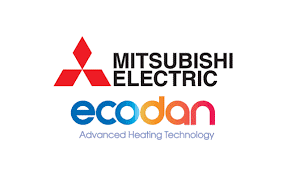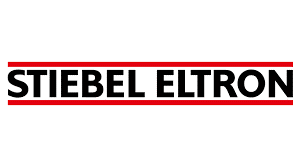Call Our Knowledgeable staff
01483 209363
Request a free site survey
Click here
Heat pumps
HEAT PUMPS are very much in demand and everyone is talking about them but the technology is nothing new. (They’re basically a fridge-freezer in reverse.) Recent advances in that technology has made heat pumps much more efficient and therefore much more desirable especially as homes become better insulated, electricity greener and a greater desire to escape our reliance on fossil fuels. The idea of heat pumps is over 150 years old and simply they obtain more than 75% of their heat from nature - be that the air (Air Source Heat Pumps), the ground (Ground Source Heat Pumps) or water (Water Source Heat Pumps) and the rest from electricity which is from more sustainable/ renewable sources every year. Heat is collected from nature using a fan, bore holes or pipes buried under the ground (or in water) which is transferred to a refrigerant which has been expanded so super cold (- 40C), it is then compressed so it becomes a gas with lots of energy/ heat and via a heat exchanger hot water heats your home the same as any traditional boiler.

Air Source Heat Pumps come in two basic models: a low temperature monobloc unit or high temperature split units.
Low temperature heat pumps consist of an outdoor unit that can comfortably heat water to 50C with outdoor temperatures down to -5C without losing efficiency or heat output so ideal for our climate. High temperature heat pumps consist of an outdoor unit and an indoor unit which heat the water to 65C. Low temperature units are more efficient with a SCOP (Seasonal Coefficient Of Performance) of above 4.0 for a well-designed system. This basically means their efficiency rating so for 1 Kilowatt of electricity they produce 4 Kilowatts of heat.
With a new build property which is well insulated with under floor heating the flow temperature can be designed for 40C greatly increasing the efficiency/ SCOP.
When retro fitting an air source heat pump into an existing property which has cavity wall insulation, double glazing and 200mm of loft insulation we can design the system to run at 50C but sometimes need to increase the size of some radiators (three on average) and swap the hot water cylinder as the lower water temperature (compared with 65C of a traditional gas boiler) needs a larger surface area to create the same amount of heat.
High Temperature heat pumps are not so popular despite the fact they get the water flow temperature to 65C because they are not so efficient with a SCOP of around 2.8. and obviously we need space for the indoor unit to be sited. Government grants and incentives do not generally apply to high temperature units.
Ground Source Heat Pumps are more efficient than air source as the earth is a constant heat source that doesn’t fluctuate with day or night and summer or winter. Heat is collected via bore holes which are drilled vertically down and filled with brine or a ground array which are pipes filled with brine laid in horizontal trenches usually dug 1.2m deep and two metres apart. Depending on how much heat is needed for the property depends how much land is needed for the ground array but on average we need about 700 square metres. The design of the ground collectors is vital to an effective heating system. A ground source heat pump can expect a SCOP of around 4.5 (meaning 4.5kW of heat for every 1kW of electricity) and works best with under floor heating. Ground Source Heat Pumps cost more to install compared with an Air Source Heat Pump due to the cost of the bore holes or ground array.
Water Source Heat Pumps are excellent as water is a constant source of heat and even more reliable than the ground. Unfortunately, most people don’t have a lake in their garden or a suitable river nearby. It can be difficult and costly to get permission from the Environment Agency if you don’t own your own lake.











